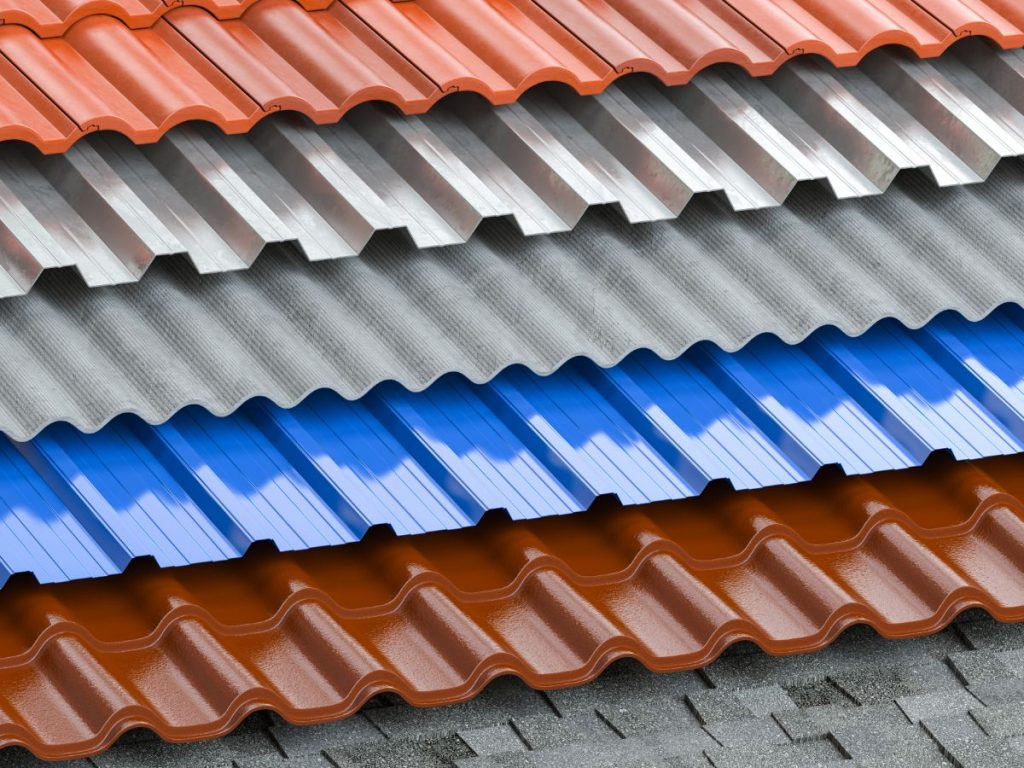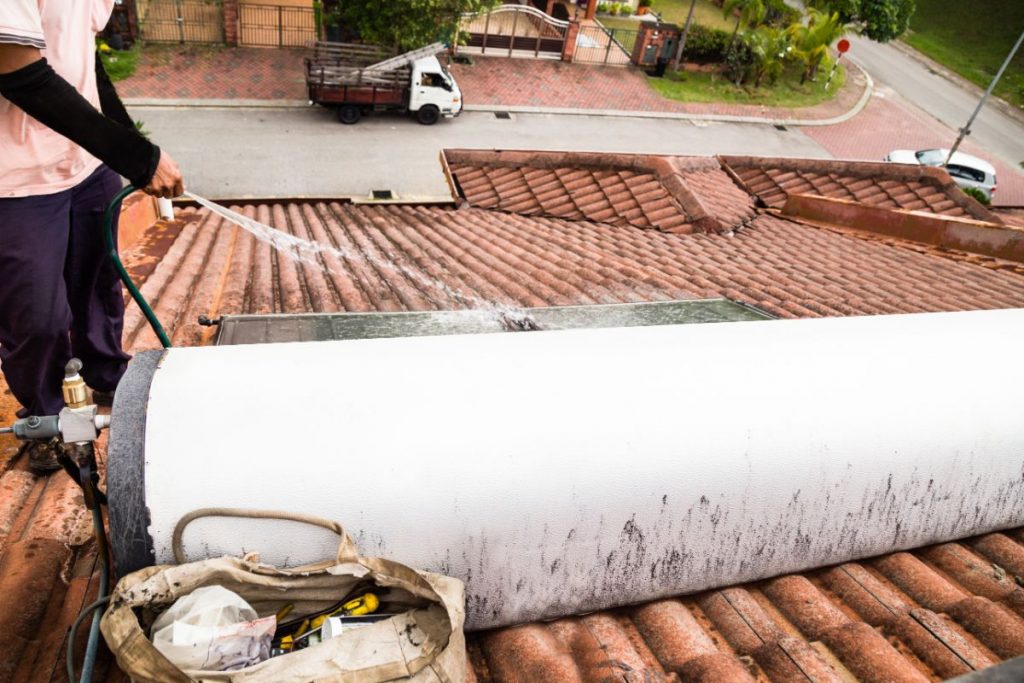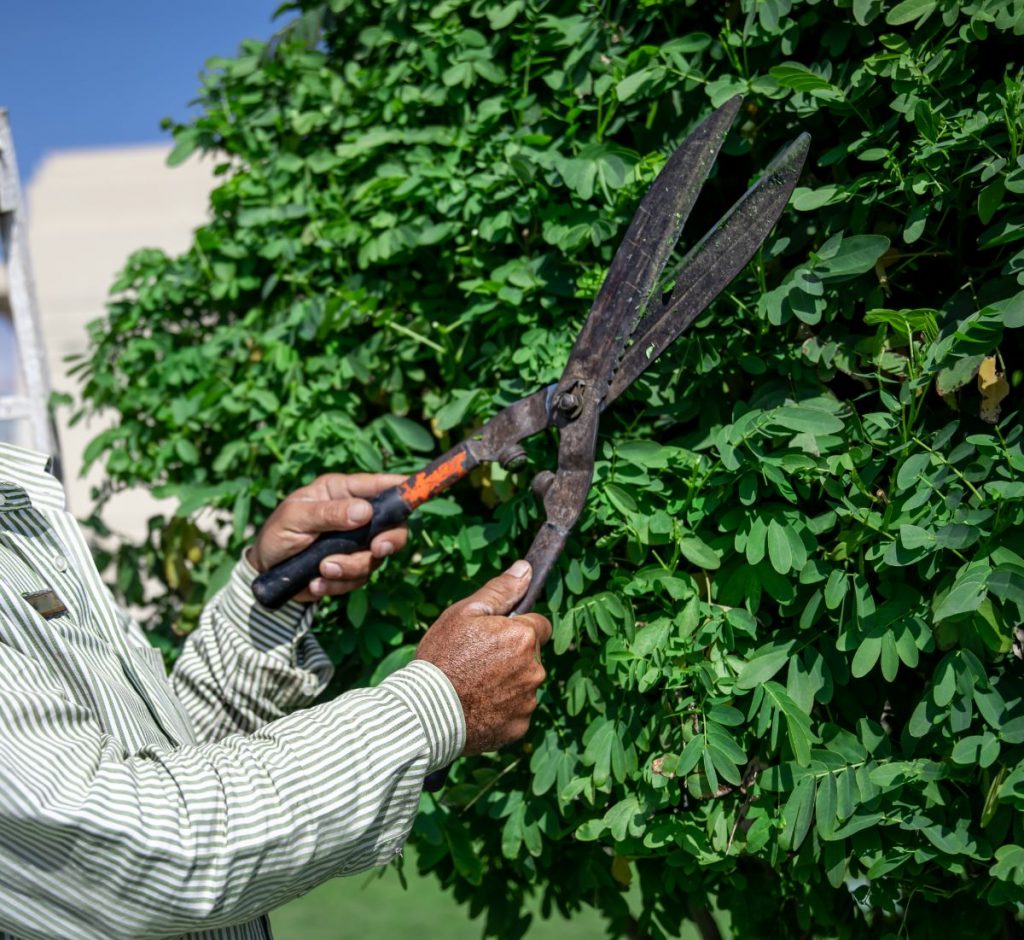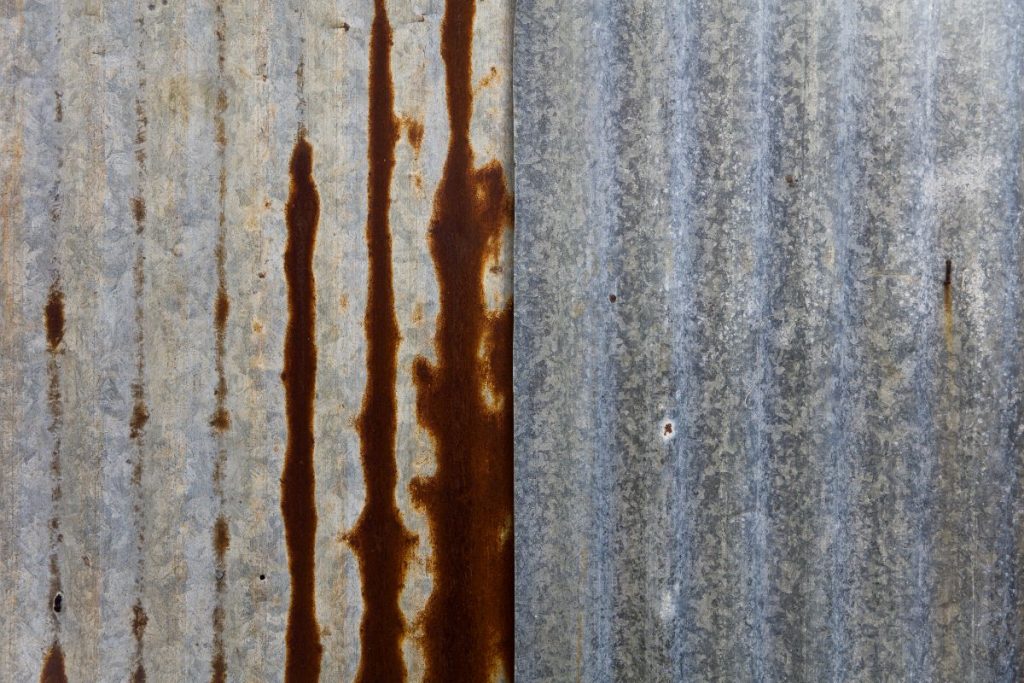Top 7 Tips For Maintaining Corrugated Roofing

What are tips for corrugated roof maintenance?
- Clean with gentle materials
- Clear out gutters, drains, and valleys
- Trim branches near the top of your house
- Buff out minor scratches
- Check for leaks
- Check for corrosion
- Ensure no other metals are in contact
A new roof is always a major investment, which is why many choose to use metal corrugated sheets for their roofs. It is easy to maintain, performs to high standards, and can easily last decades. That said, even if maintenance is easy, doing so regularly is key to keeping your roof in its best condition for the years to come. Here are our top tips for corrugated roof maintenance to help you make the most out of your investment:
How often does my corrugated roof need maintenance?
Metal corrugated roofing has the potential to last more than 50 years, given the right maintenance. While it is a good practice to check on your metal roof every few months or so, you will want to do a thorough routine and go through each of the below steps at least once a year. Here’s how to do proper maintenance and help your roof last as long as possible:
Clean with gentle materials

One of the maintenance tasks you’ll have to do fairly regularly is cleaning your corrugated roof. This is because all kinds of dirt can make their way on this surface. Over time, your roof might just get gunked up by all of it, which would affect its structural integrity and look.
So be sure to give your roof a rinse and a wash now and again. You could use a power washer to make quick work of all the dirt stuck on your roof. Or, you can make do with a bucket of warm water, dish soap, and a clean microfiber cloth.
Mix your water and soap to create a gentle cleaning solution, and wet your cloth. Use this to gently wipe all the metal panels of your roof. Afterward, thoroughly rinse it with a garden hose.
Clear out gutters, drains, and valleys
Dirt not only sticks to the surface of your corrugated roof, but it can also get stuck on the sides, namely, all the gutters, drains, and valley systems near your roof. Leaving all this debris can prevent water from draining properly, which can expedite corrosion or invite pests to your property.
Loose branches and such can also end up scratching any paint or protective coating your metal roofing has, which ruins its functionality and aesthetic.
Be sure to clear out any leaves, branches, dirt, and other items that are stuck in these areas. You can use a trowel to remove any debris that might be stuck, or hidden in hard-to-reach nooks. It may also help to install gutter guards, which can lessen debris build-up.
Trim branches near the top of your house

If you have plenty of trees around your properties, take extra care in managing them as well. Make sure their branches don’t extend near or on top of your roof. Otherwise, these could fall into or scrape its metal surface, which can cause significant damage over time, especially in bad weather.
You could take care of this issue by yourself if you have the right tools. Though we recommend hiring a professional to help keep your trees pruned and redirect growth away from your roof.
Buff out minor scratches
Once you have everything cleaned and cleared out from your roof, it’s time to give it an inspection. The first thing to check for is scratching and blemishes. These include scuffs, dings, and flaking or fading coating. If these imperfections are relatively minor, you could have them buffed out or painted over again. But, if you notice any major flaws, then it may be time to replace these sections with new corrugated metal panels.
It’s important to check for these issues often, especially after big storms. This will help in stopping the issue from causing further damage to your roof.
Check for leaks
Another thing to look out for is leaks. If your roof leaks, then it’s a sure sign that a panel, seal, or flashing is damaged or missing. If this is happening to your roof, we recommend calling for a professional inspection to assess the extent of damage on your roof and the underlying structure. It would also be good to contact your roof manufacturer to order replacement panels for a quick replacement.
Check for corrosion

While inspecting your roof, keep an eye out for signs of corrosion (i.e., spots of rust). Make it a point to check any openings on your roof, such as the ventilation shafts. These openings will release steam and heat that can cause surrounding panels to corrode at a faster rate than the rest of your roof.
If you do notice small rust spots, you can remove them with a scrubbing solution and a clean cloth. Remove as much of the rust as you can and thoroughly rinse the spot with clean water. If you have the same primer or protective coating that was used on your roof, apply it again to prevent future rusting.
However, if the corrosion damage is severe. For example, the corrosion is covering a majority or the entirety of the corrugated panel. Then, it’s time to replace your roofing.
Ensure no other metals are in contact
When dissimilar metals are in contact with each other, it can create a chemical reaction that leads to damage and staining. It’s unlikely that there are several types of metal up on your roof, but double-check anyway while you’re going through your maintenance routine. This will help you prevent early degradation and the potential system failure of your metal corrugated roof.
Key Takeaway
To protect and preserve the investment you made, be sure to use our tips for corrugated roof maintenance. These will make sure your roof will perform reliably and look great for all its usable life.
Looking for a long-lasting, durable, and aesthetically pleasing metal roof to replace your old one? Work with Metal Exponents! We supply only the finest imported steel products in the Philippines and have a team of experts who can help you install the best metal roofing for your money. Send us a message to learn more about our corrugated roofing sheets, or to receive a quote!


